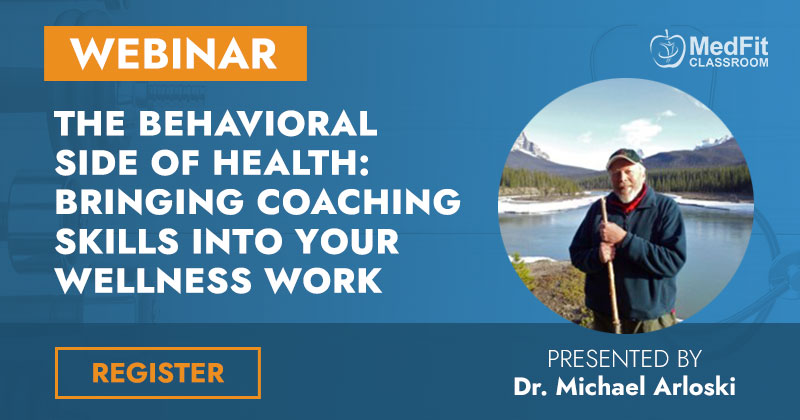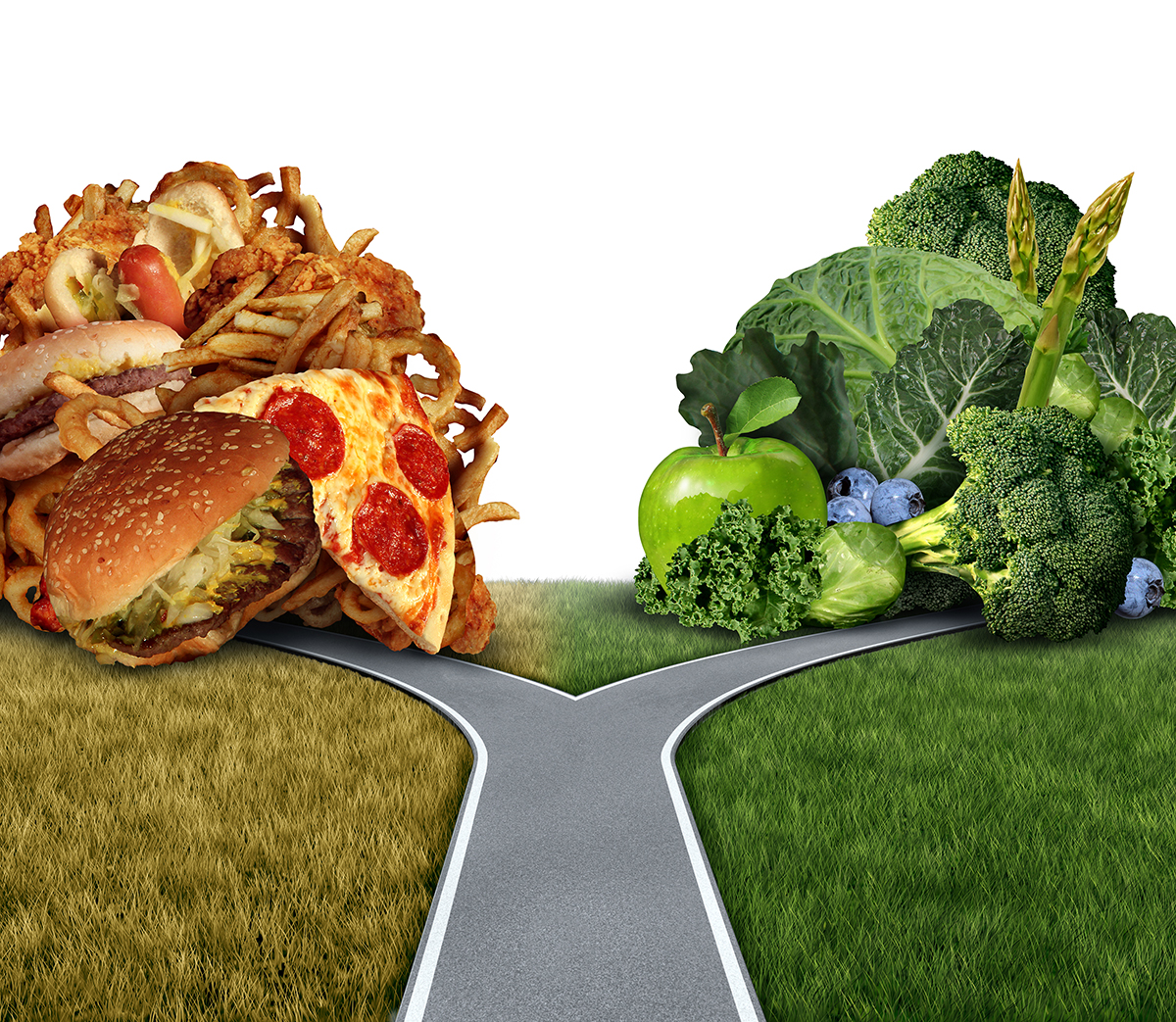Why Physical Therapy is Good for Women’s Health
Women’s health concerns are much more complex than men’s and with the help of physical therapy (also called physiotherapy in many parts of the world), many of these issues can easily be remedied or addressed. There are main factors that greatly differentiate men from women. Of these, it is important to highlight three: menstruation, pregnancy and lactation. These bodily changes in a woman are mostly influenced by hormonal fluctuations and can also be a reason for mood swings and differences in behavior.


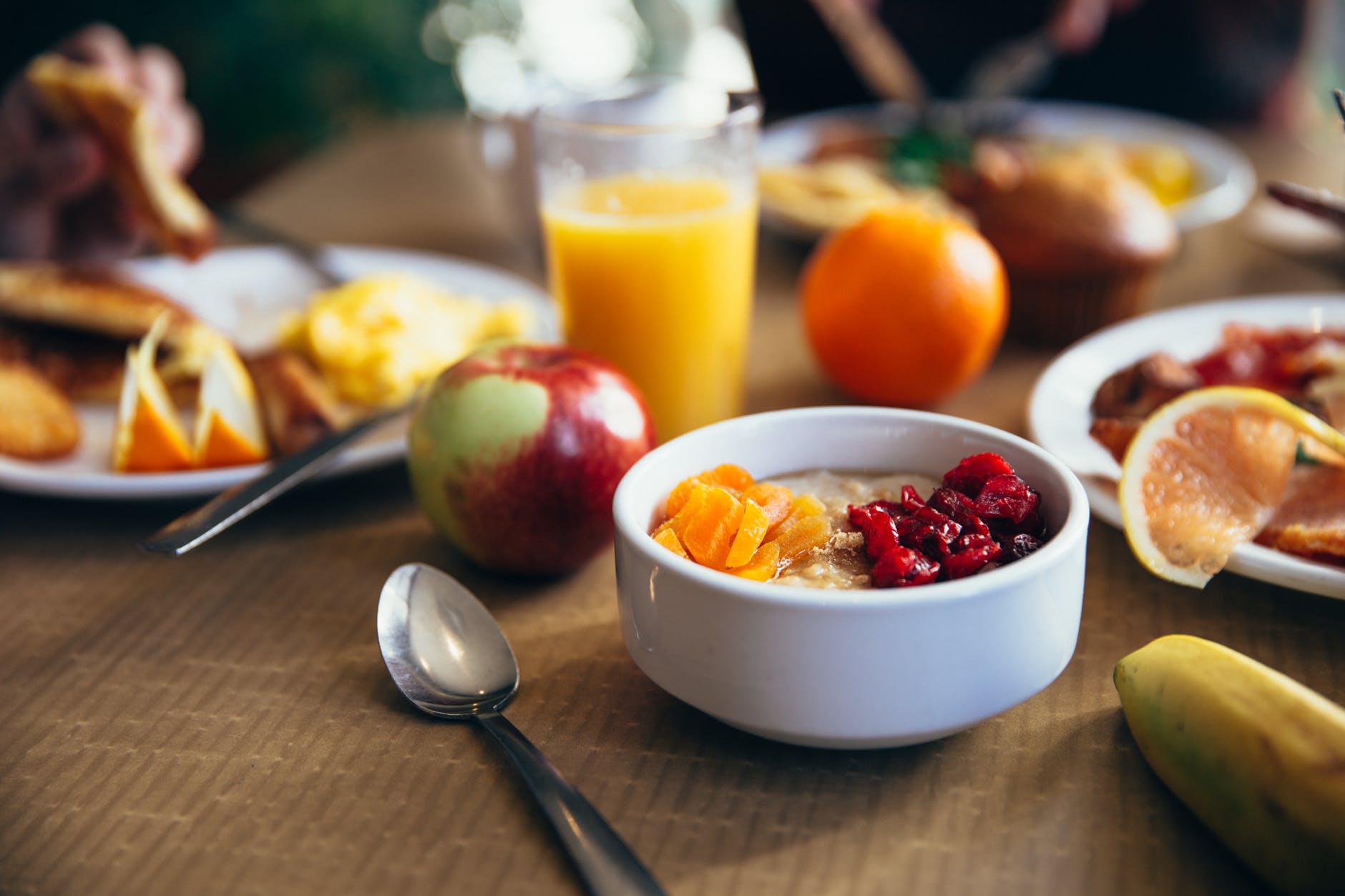
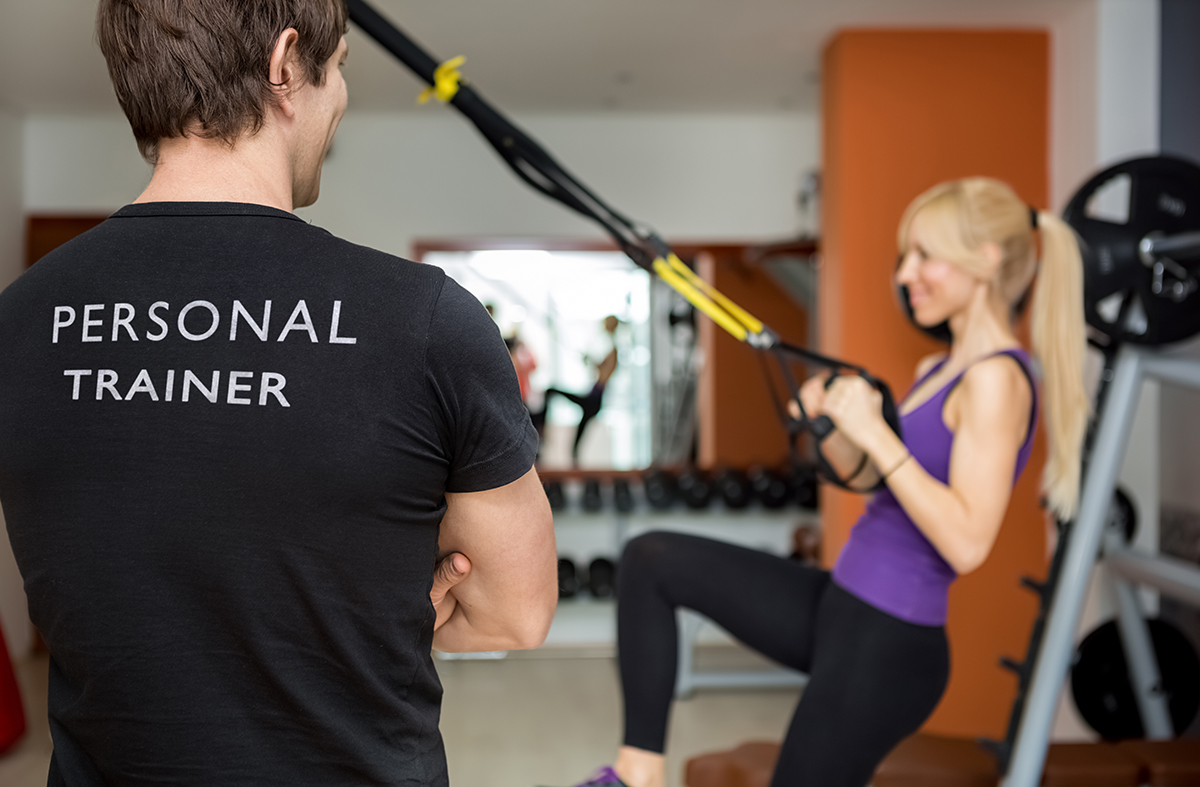
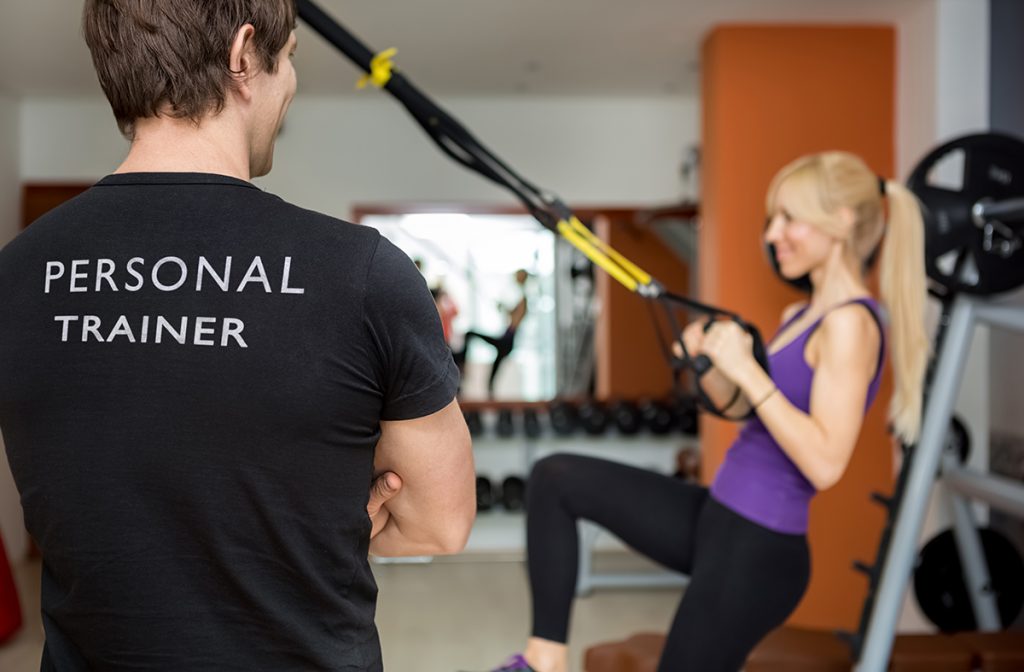
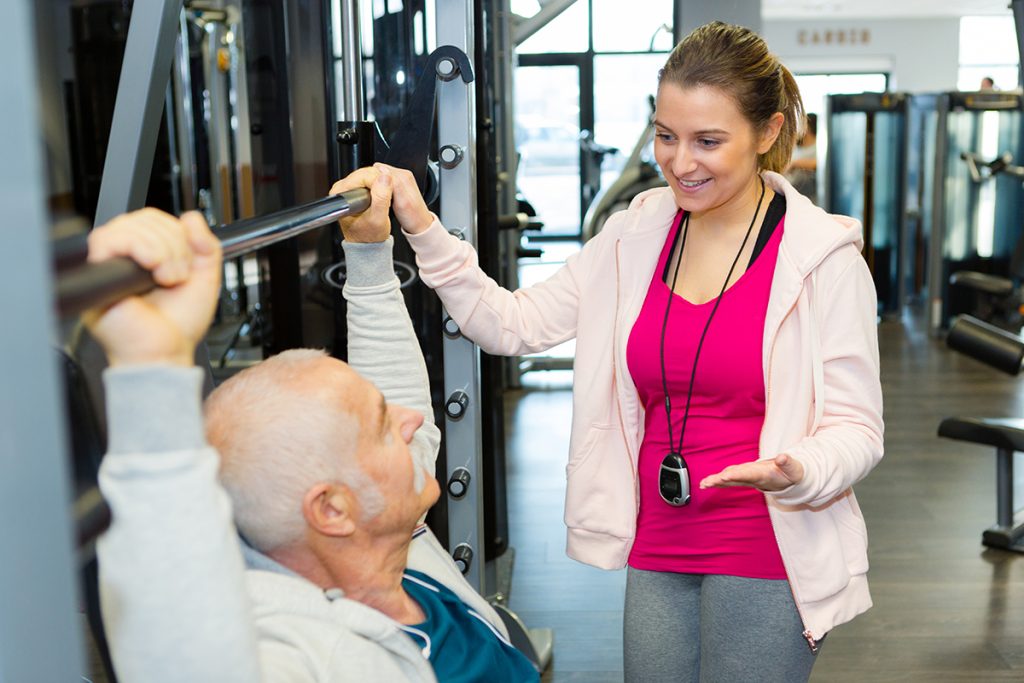
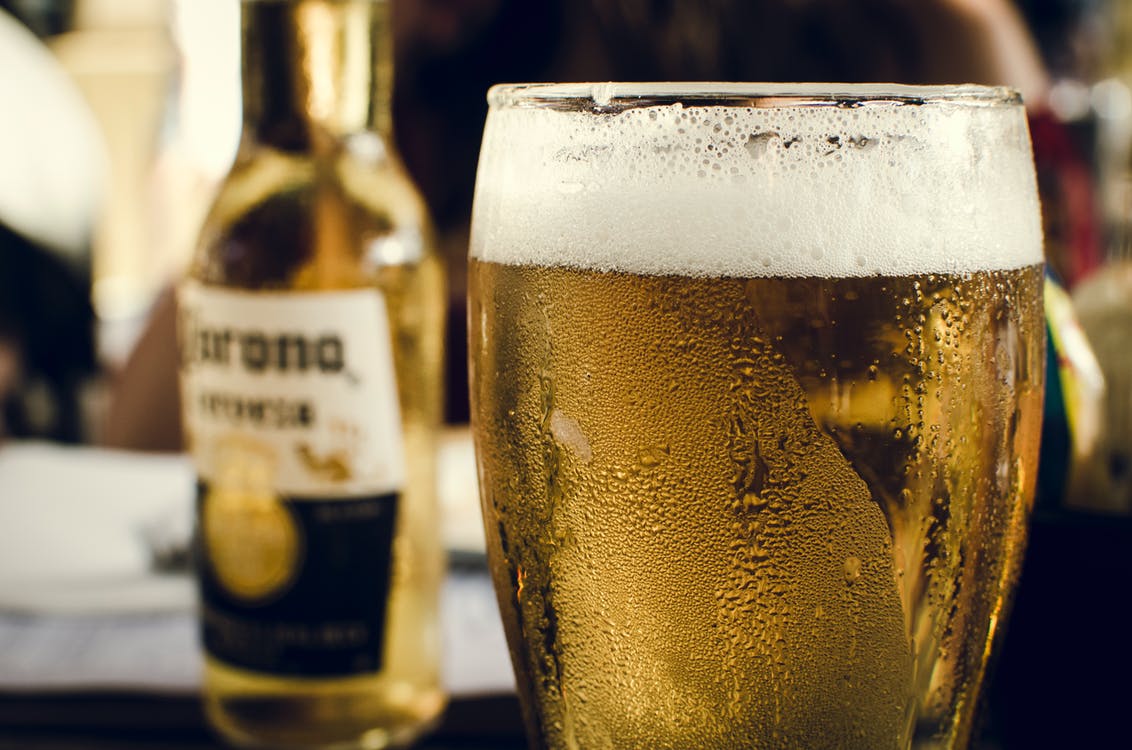



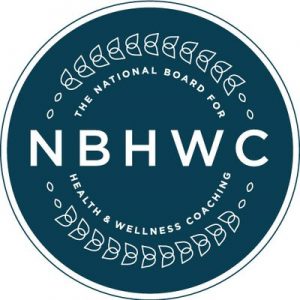 To guide coaches, the National Board for Health and Wellness Coaches (NBHWC) has developed a Scope of Practice Statement. Here is the part most relevant to our question:
To guide coaches, the National Board for Health and Wellness Coaches (NBHWC) has developed a Scope of Practice Statement. Here is the part most relevant to our question: